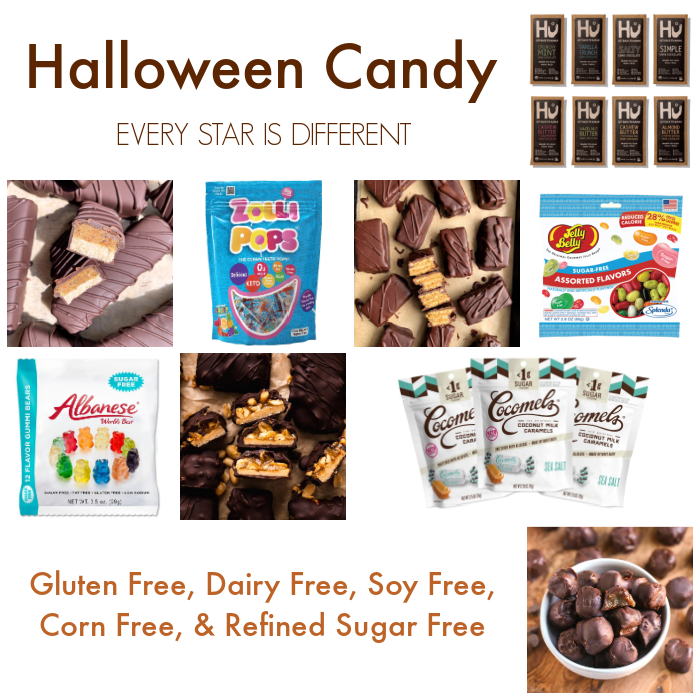Meal planning, grocery shopping, and all things related to food are aspects of my life I like to keep on autopilot as much as possible.
Minimalism is my guide.
The less I have to think about these things the better.
Meal planning and grocery shopping can be extremely time consuming and drain so much energy.
Over the years I have come up with ways to streamline these processes as much as possible with a family of six.
Here are 8 ways to incorporate minimalism into meal planning for your family.
8 Ways to Incorporate Minimalism into Meal Planning
1. Make Only 2 Plans a Year for Each Meal
Twice a year I sit down and create a five week meal plan for breakfast and dinner.
(Our family usually eats left overs or whatever the kids want to fix for lunch.)
One meal plan is for fall and winter.
The other meal plan is for spring and summer.
Usually I pull up the meal plan on the computer from the year before and make necessary adjustments based on new special dietary needs, breakthroughs in sensory struggles, and new recipes I've collected that everyone will like.
Sometimes meal planning is quick and easy. Other times it may take a few days, but then I'm done for an entire six months!
I like variety in what I eat so our meal plans don't repeat meals, but your meal plans can if that's what you prefer.
Our meal plans utilize seasonal produce to ensure we're saving as much money as possible.
2. Include Pictures in Your Meal Plan to Help with Finding Recipes Quickly
If you're computer savvy, create a meal plan that includes pictures and names of each recipe.
Pictures of each recipe make it so much easier for others to jump in and help in the kitchen, which saves so much time!
They can look at the meal plan, see the picture, and find the recipe so much faster.
Pictures on the meal plan are also a great reminder of what early prep can be done ahead of time!
3. Store Recipes Digitally for Easy Access when Grocery Shopping
My husband LOVES cookbooks.
He is a foodie and doesn't hesitate reading them from cover to cover.
His cookbooks are usually used as references for different types of cuisines and how to prepare things more than they are used for actual recipes, except for on special occasions and holidays.
When it comes to everyday recipes, I prefer using Pinterest for storage.
There's a picture of each recipe which I love. (I'm a very visual person.)
Instead of taking the time to make a grocery list, I just copy down the meals for the week on my phone and then use the recipes on Pinterest, if I forget what ingredients I need for each meal.
I find this process saves me so much time at home and at the grocery store.
It's an added bonus when my husband comes grocery shopping with me. He looks up recipes as we go, if neither of us can remember the ingredients lists while I continue to add items to the grocery cart!



.jpg)




.jpg)







.jpg)
No comments:
Post a Comment